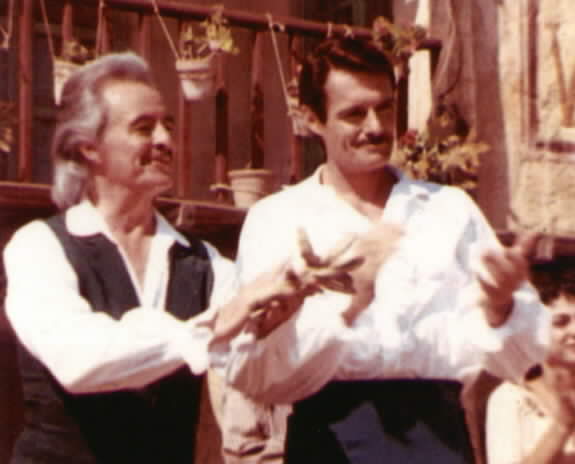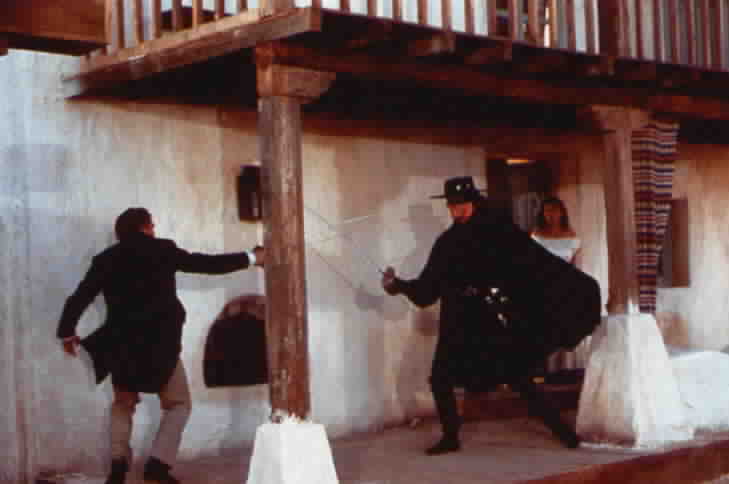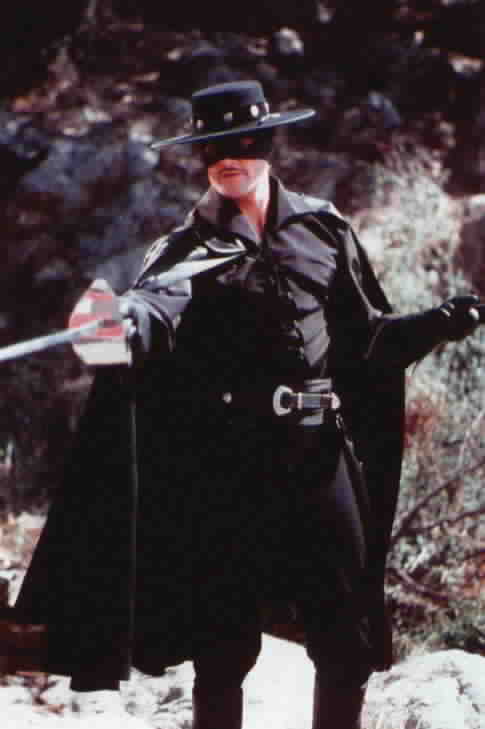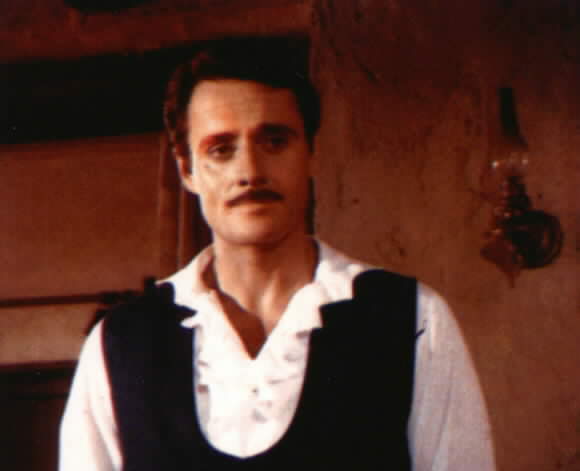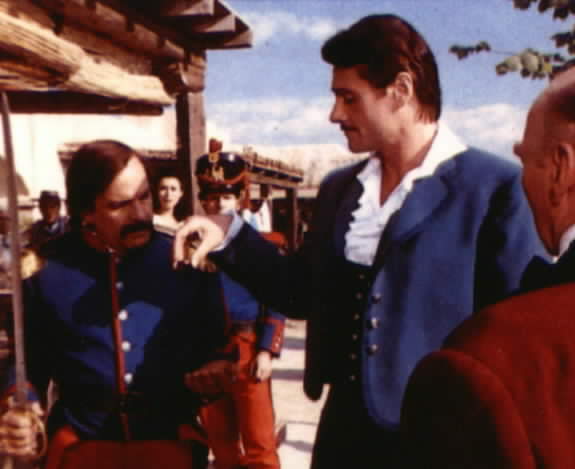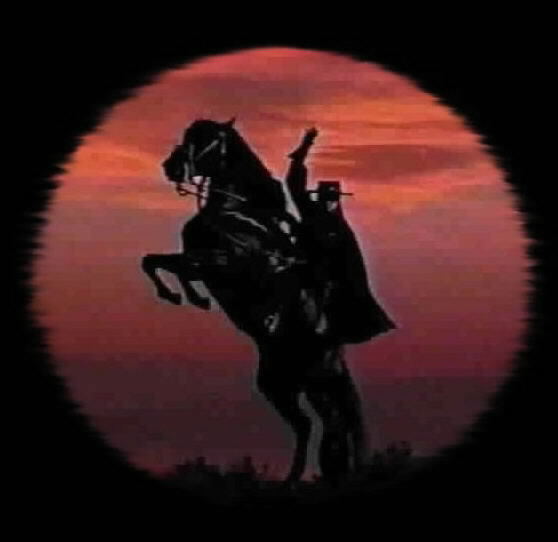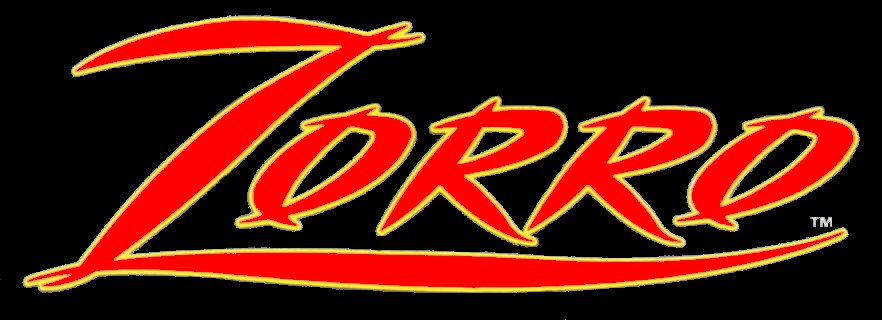
|




 



 |
Tom Cragg's Interview with Duncan Regehr
From "American Fencing," Volume 42, No. 2 |
|
Recently, we had a chance to talk with our hero in a phone call
to Spain, where they film the series. In his younger days, he was a heavyweight contender for the Canadian Olympic boxing team, but maintained a love of the arts, and is now one of the few Hollywood stars who is a serious and often-exhibited painter. His painting is a love which came over very strongly in our conversation.
|
|
"It's good fun. It's an interesting part. It's really two parts in one. There's the Don Diego side of the character, and there's the Zorro side. One is the inactive sort of individual, very intellectual and sort of bookish, for lack of a better term, and the other side is the action hero, the guy that does all the fencing, and collects all the accolades." |
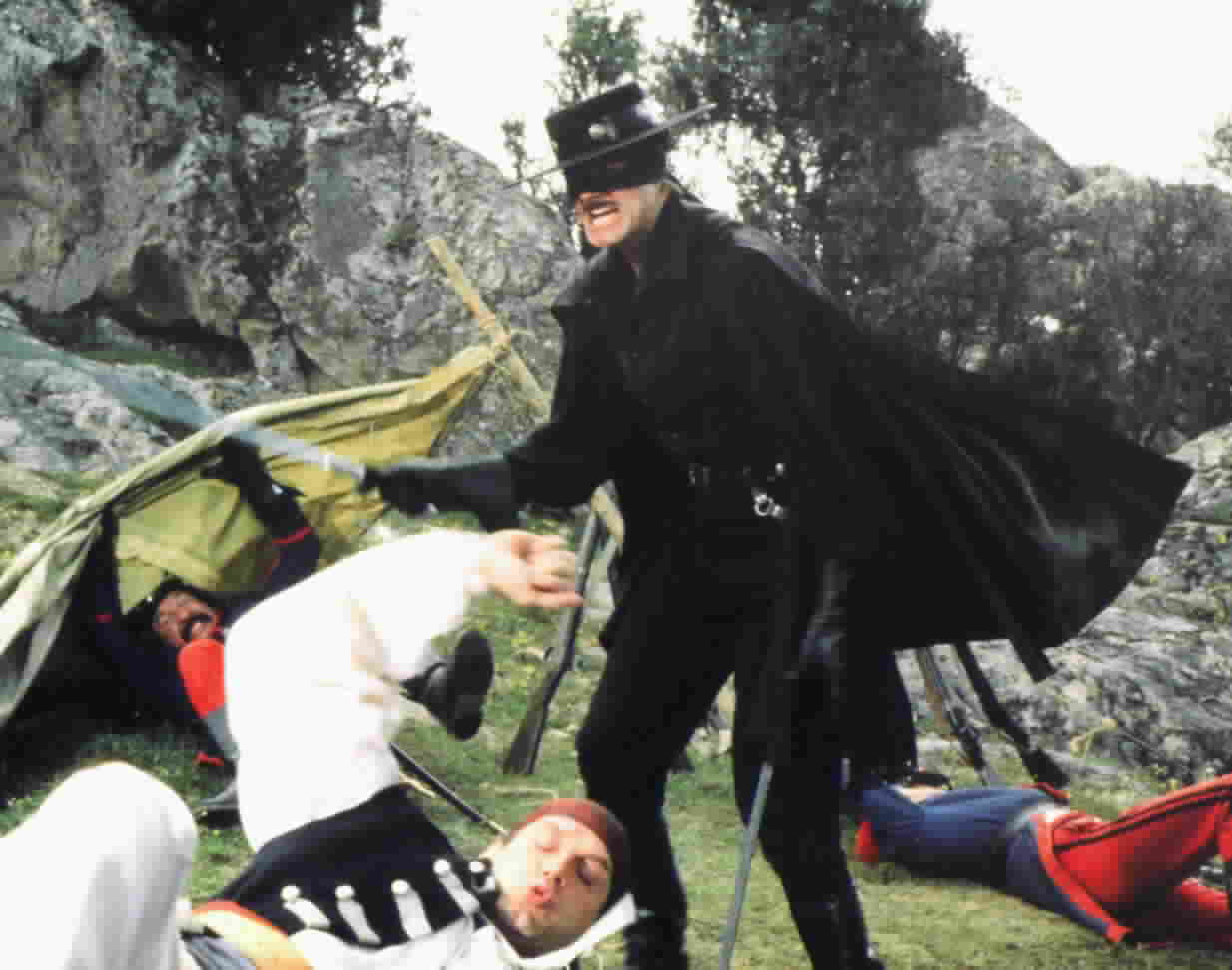
|
|
"So much of Zorro's character revolves around his use of the
sword. . .did you start fencing in school, or did you begin before then?"
"I started when I was at Stratford. I was trained by Patric Crane
many years ago as part of the theatre there." "Was it actual fencing, or was it theatrical fencing?" |
|
